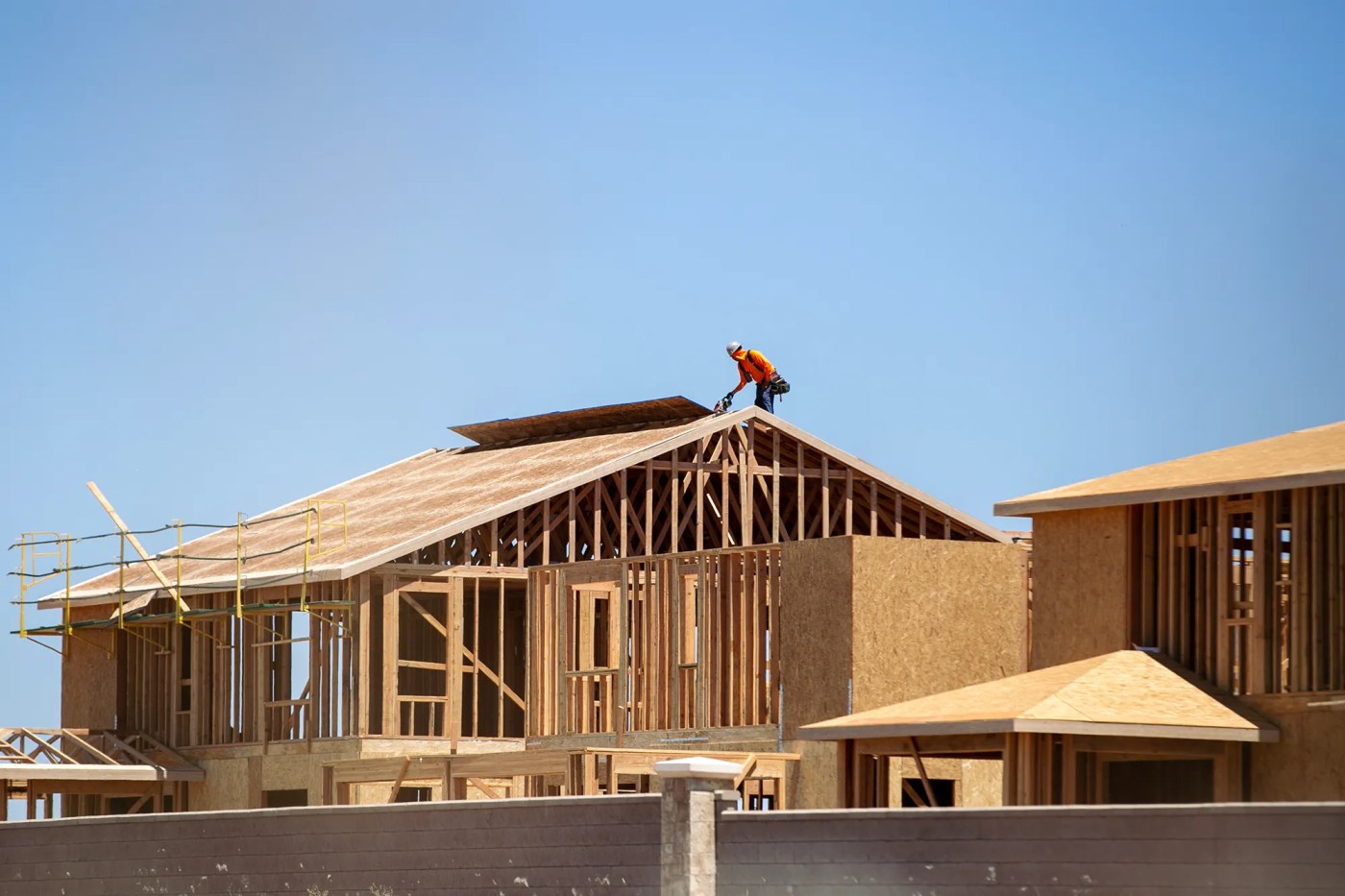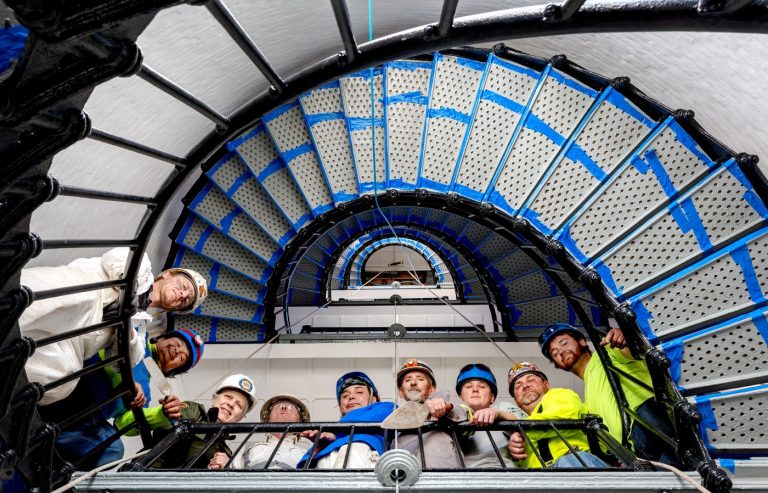This isn’t a policy election. There’s no defining issue like tax cuts in 2000 or health care in 2008 or trade in 2016. Democrats are focused on convincing voters that Donald Trump poses an existential threat to the American way of life, and vice versa. But policy remains the purpose of politics, and the choice of a president is also the choice of a housing policy.
Kamala Harris has a plan to address the nation’s housing crisis. Donald Trump (kind of) has one, too. And the differences say a lot about the two candidates.
Housing prices across the country have soared in recent years, dramatically outpacing income growth. Finding an affordable place to live is no longer a problem confined to a few big coastal cities. Millions of Americans cannot buy a place to call home. They cannot settle into a neighborhood, or move to a new city to take a better job.
The cause of the crisis is a shortage of housing. The solution is to build a lot more housing.
Harris is cleareyed about this need. She has proposed a target of 3 million new homes, and outlined a number of policies to move toward that goal, including tax incentives for builders, financial support for buyers and a necessary focus on opening land for development by removing state and local regulatory roadblocks.
Convenient scapegoats
Trump also talks about the high cost of housing, but ironically for a man who sees himself as a great builder, the former president hasn’t called for more construction. Instead, in his telling, the housing crisis is just one more problem caused by illegal immigration — one more problem to be fixed with mass deportations.
“I will also stop inflation by stopping the invasion, rapidly reducing housing costs,” Trump said in Wisconsin in June. JD Vance, his running mate, made the same argument in his acceptance speech at the Republican convention in July. “Citizens had to compete with people who shouldn’t even be here for precious housing,” he said.
Whatever one’s broader views on immigration, it may sound plausible that immigrants are at least contributing to the rise of housing prices. After all, musical chairs is an easier game when there are fewer people trying to find a chair. But that intuition turns out to be wrong, because immigrants also are heavily employed in housing construction.
In a paper published earlier this year, the economists Troup Howard, Mengqi Wang and Dayin Zhang looked at the impact of immigration enforcement on housing prices between 2008 and 2013. They found that decreases in the immigrant population in a given county raised prices because the reduction in construction outweighed any decline in demand.
Also striking is what’s absent from Trump’s plan. Zoning and land use laws are a major obstacle to housing construction. Trump generally casts himself as a great champion of reducing regulation, and allowing private companies to build on private land seems like something he’d support. But Trump is a longtime defender of zoning because it allows wealthy communities to exclude those they see as undesirables. “There will be no low-income housing developments built in areas that are right next to your house,” he pledged at a rally in Montana this month.
In sum, Trump’s message on housing is a microcosm of his politics. He is once again telling Americans that their problems are caused by other people, and that those problems can be solved at no cost to Americans, as if by waving a magic wand.
Plan vs. no plan
Harris, by contrast, is proposing to address the housing crisis through the old-fashioned but necessary expedient of spending money. Democrats have long focused on giving government money to buyers and renters. Perhaps the most important feature of Harris’s housing plan is an overdue, if incomplete, shift to the supply side.
She has offered two big ideas for increasing construction: Providing financial incentives to state and local governments to clear regulatory roadblocks, and providing financial incentives to companies that build starter homes. There’s a grab bag of other stuff, too, most notably an expansion of financial aid for first-time home buyers.
Harris’s proposals probably are not enough to achieve her goal of building 3 million homes. The government needs still bigger and bolder ideas. One intriguing possibility, recently proposed by the investment banker Jim Millstein, would tap the financial muscle of Fannie Mae and Freddie Mac. The companies were created to make it easier for Americans to borrow money to buy homes.
Related Articles
San Mateo County approves $14 million loan for its largest affordable housing project
Tenants say Bay Area landlords colluded to inflate rents. Now, the Department of Justice is involved
‘A cataclysmic mess’: Is anyone to blame for the state of an East Bay marina?
Marin median house price dips to $1.6 million and sales rise
At just 7, he lives in a tent in a SJ homeless encampment and wishes he had a microwave and a shower
Millstein, who served in the Treasury Department under President Barack Obama, argues that Fannie and Freddie could similarly help construction companies to borrow money to build apartment buildings. His idea is focused on multifamily construction, a market in which builders can typically borrow only about 60% of the cost of a project. Under his plan, Fannie and Freddie would encourage lending of another 20% of the cost of a project by buying those loans from lenders, just as the companies buy mortgage loans.
Harris’ plan, too, is a useful microcosm of her broader message: She’s from the government, and she’s here to help. She understands that America needs to solve its own problems, and that solutions have costs. She understands that small ideas can be marshaled to achieve big changes. She understands that policymaking is a process of borrowing and listening and refining. It’s not magic — it’s manufacturing.
Harris’ plan has problems and shortcomings and, because it is an actual plan, it is possible to scrutinize its details and to criticize its choices. But it’s important to maintain a focus on the bigger picture. Harris has a plan, and Trump does not. She is open to reasoned arguments and advice, and he is not. If Harris is elected, there is a chance that we may make some progress on the housing crisis. If Trump is elected, we will not.
Binyamin Appelbaum is a member of The New York Times editorial board.












